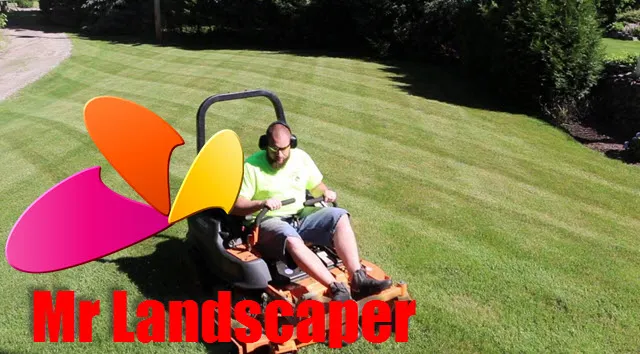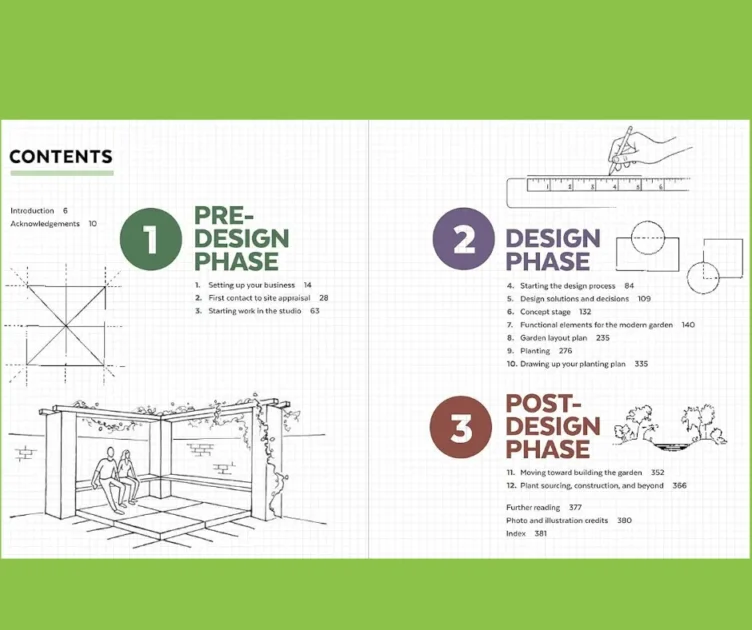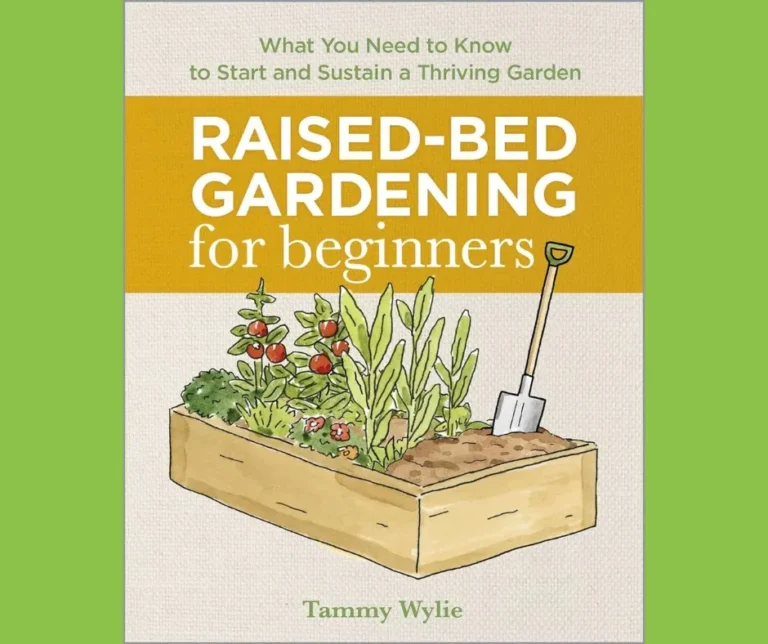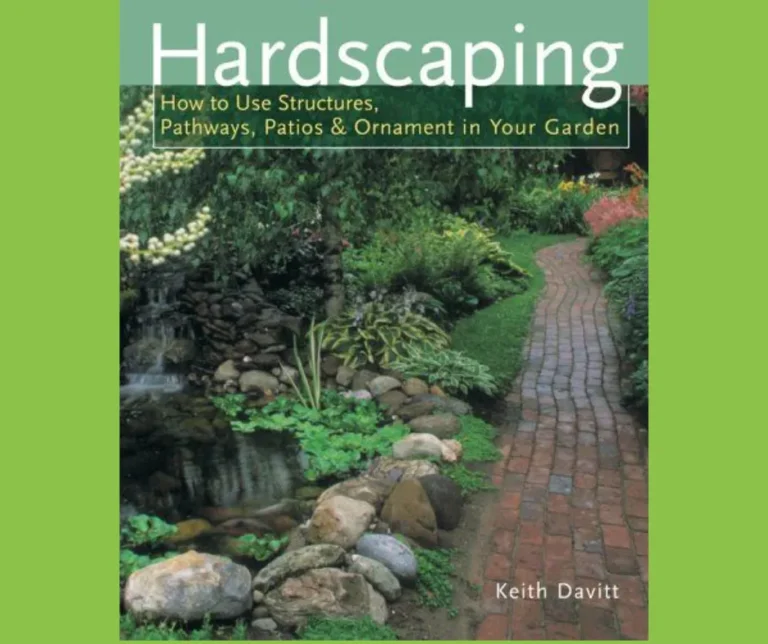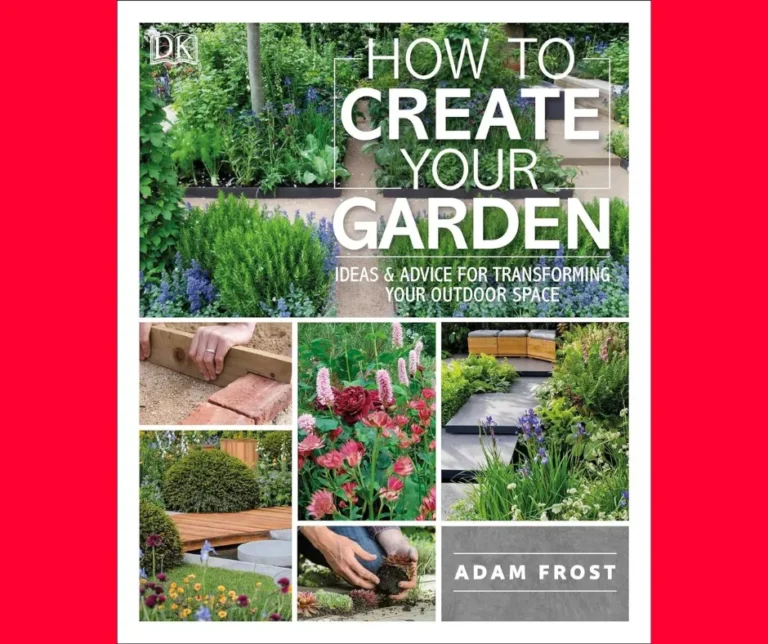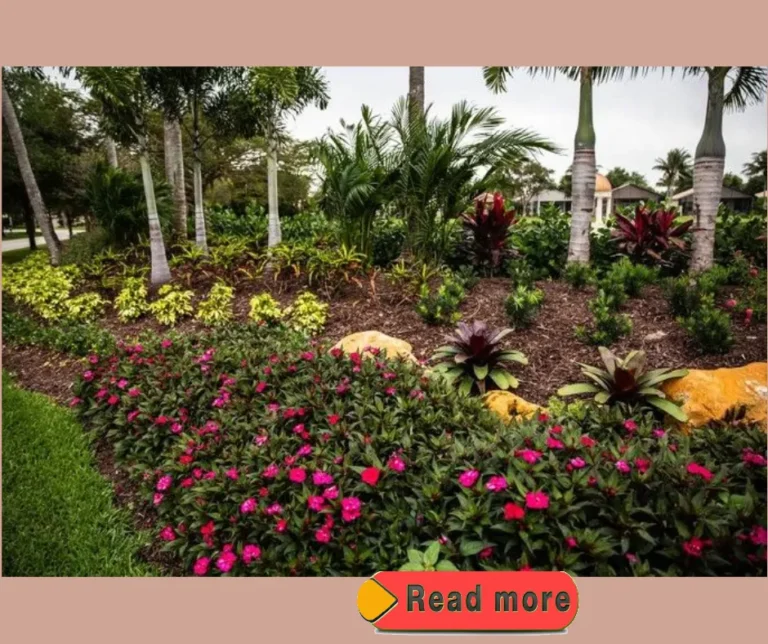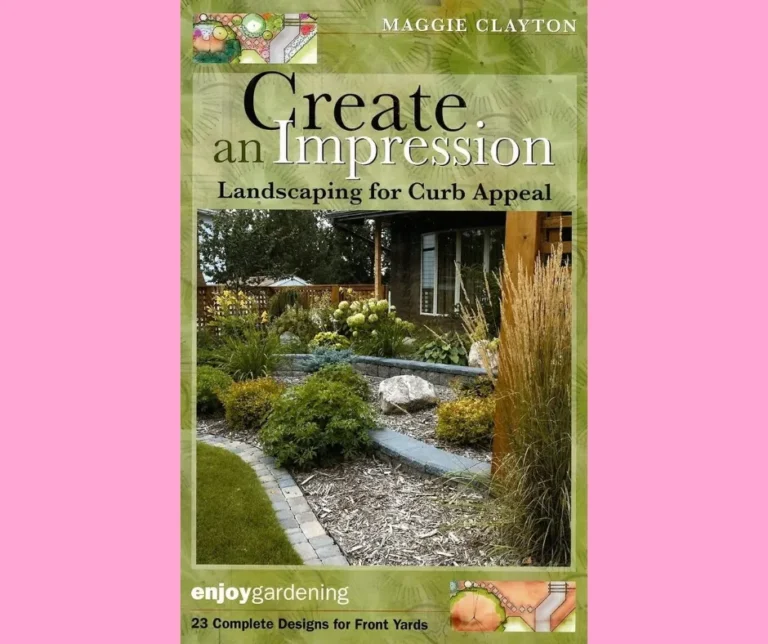Guide to Creating a Beautiful Outdoor Space
If you’ve recently moved into a new home or are looking to spruce up your current outdoor space, landscaping may seem like a daunting task.
With so many options and techniques to choose from, it can be overwhelming for a beginner.
However, with a little knowledge and some basic Guide to Creating a Beautiful Outdoor Space can be a fun and rewarding experience.
In this beginner’s guide to landscaping, we will walk you through the basics of creating a well-designed and aesthetically pleasing outdoor area.
From choosing the right plants to understanding the principles of design, you will learn the essential elements of landscaping and how to apply them to your own yard.
So, put on your gardening gloves and get ready to transform your outdoor space into a stunning oasis that you can enjoy for years to come.
Table of Contents Guide to Creating a Beautiful Outdoor Space
Start with a plan
To create a beautiful outdoor space, it is essential to start with a well-thought-out plan.
By outlining your goals, considering the layout of your property, and identifying your preferences and needs, you can develop a comprehensive plan that will guide your landscaping project.
A plan will help you stay organized, prioritize tasks, and make informed decisions about plant selection, hardscaping elements, and overall design.
Taking the time to create a detailed plan will ensure that you achieve the desired results for your outdoor space and avoid costly mistakes along the way.
Remember, The Basics of Landscaping: A Beginner’s Guide to Creating a Beautiful Outdoor Space emphasizes the importance of starting with a plan as the foundation for a successful landscaping endeavor.
Choose the right plants
When it comes to creating a beautiful outdoor space, choosing the right plants plays a crucial role in achieving your desired results.
The Basics of Landscaping: A Beginner’s Guide to Creating a Beautiful Outdoor Space emphasizes the importance of selecting plants that are well-suited to your specific climate, soil conditions, and maintenance preferences.
Consider factors such as sunlight exposure, water requirements, and the mature size of the plants to ensure they will thrive in your landscape.
Additionally, think about the overall aesthetic you want to achieve and choose plants that complement each other in terms of color, texture, and height.
By carefully selecting the right plants for your outdoor space, you can create a harmonious and visually appealing environment that will be a source of enjoyment for years to come.
Consider your climate
In order to create a successful and thriving outdoor space, it is essential to consider your climate.
The Basics of Landscaping: A Beginner’s Guide to Creating a Beautiful Outdoor Space advises that taking into account the unique characteristics of your region’s climate will greatly impact the overall health and longevity of your landscape.
Assess factors such as average temperatures, rainfall patterns, and seasonal variations to determine which plants are best suited for your area.
For instance, if you reside in a hot and arid climate, selecting drought-resistant plants that can withstand high temperatures and limited water availability is crucial.
Conversely, if you live in a cooler climate with frequent rainfall, choosing plants that thrive in moist conditions will ensure their optimal growth.
By understanding and catering to the specific requirements of your climate, you can create a lush and vibrant outdoor space that flourishes year-round.
Don’t be afraid to experiment
When delving into the world of landscaping, don’t be afraid to experiment with different ideas and techniques.
The Basics of Landscaping: A Beginner’s Guide to Creating a Beautiful Outdoor Space encourages you to embrace your creativity and try new things.
Landscaping is an art form, and just like any other art, it allows for personal expression and individuality.
Don’t feel confined to traditional styles or trends – let your imagination guide you.
Consider mixing various plant species, incorporating unique hardscape elements, or experimenting with different color schemes.
By stepping outside of your comfort zone and taking calculated risks, you may discover innovative and stunning designs that truly reflect your personality and style.
Remember, landscaping is a journey of exploration and growth, so don’t shy away from trying new ideas and techniques to create a truly remarkable outdoor space.
Regular maintenance is key
To ensure that your beautiful outdoor space remains vibrant and healthy, regular maintenance is key.
The Basics of Landscaping: A Beginner’s Guide to Creating a Beautiful Outdoor Space emphasizes the importance of ongoing care to preserve the beauty and functionality of your landscaping efforts.
Establishing a routine maintenance schedule will help keep your plants flourishing, your hardscape elements in good condition, and your overall design looking its best.
This includes tasks such as watering, fertilizing, pruning, and pest control.
Regularly inspecting your outdoor space for any signs of damage or wear will allow you to address issues promptly, preventing further damage and maintaining the longevity of your landscape.
Remember, investing time and effort in regular maintenance will not only enhance the aesthetic appeal of your outdoor space but also ensure its longevity and enjoyment for years to come.
Congratulations, you have now learned the basics of landscaping! By following these tips and guidelines, you can create a beautiful and functional outdoor space that will enhance the overall look and value of your home.
Remember to consider the layout, plants, and maintenance when planning your landscape design.
With some hard work and creativity, you can transform your outdoor space into a stunning and inviting oasis.
Keep exploring and experimenting with different plants and designs to find what works best for your space.
Good luck!
FAQ
What are the essential elements to consider when planning a landscape design for a beginner?
When you, as a beginner, are planning a landscape design, there are a few essential elements you should consider.
Firstly, think about the purpose of your space and how you want to use it.
Consider factors such as seating areas, pathways, and garden beds.
Secondly, take into account the layout and functionality of your design.
Ensure there is a balance between different elements and that the design is visually appealing.
Additionally, think about the maintenance and sustainability of your landscape.
Choose plants that are suitable for your climate and require minimal upkeep.
Lastly, don’t forget to incorporate your personal style and preferences to make the design truly yours.
How can a beginner create a visually appealing and functional outdoor space on a limited budget?
To create a visually appealing and functional outdoor space on a limited budget, start by assessing your needs and envisioning the space you want.
Utilize second-hand items like furniture, decorations, and plants from yard sales or thrift stores.
Repurpose materials like old pallets or crates for seating or storage.
Get creative with DIY projects like painting old pots or making your own outdoor lighting.
Focus on low-cost landscaping options such as planting inexpensive perennials, using mulch, and incorporating budget-friendly hardscape elements like gravel or stepping stones.
Prioritize cleanliness and organization to maintain an inviting and functional outdoor space.
What are some common mistakes beginners make when landscaping their yard, and how can they be avoided?
When beginners embark on landscaping their yards, they often make a few common mistakes.
One mistake is not properly planning before starting the project.
To avoid this, take the time to create a detailed plan, considering factors like sun exposure, soil type, and the desired aesthetic.
Another mistake is not understanding the maintenance requirements of plants.
Avoid this by researching and selecting plants that are suitable for your climate and lifestyle.
Lastly, beginners may underestimate the time and effort required.
Avoid this by breaking the project into smaller, manageable tasks and allowing for extra time in your schedule.
What are some easy-to-maintain plants and flowers that beginners can incorporate into their landscape design?
You should consider incorporating low-maintenance plants and flowers into your landscape design.
Some great options for beginners are succulents, such as aloe vera or jade plants, which require little water and attention.
Another easy-to-maintain option is the perennial flower, black-eyed Susan, known for its vibrant yellow blooms.
Additionally, ornamental grasses like fountain grass or purple moor grass are hardy and require minimal care.
Incorporating these plants into your landscape will not only add beauty but also provide a stress-free gardening experience for beginners.
How can a beginner effectively utilize different hardscape features, such as pathways, patios, and retaining walls, to enhance their outdoor space?
To effectively utilize different hardscape features in your outdoor space, start by envisioning how you want to use each area.
For pathways, consider the flow and direction you want to create.
Use materials that complement your landscape and guide visitors in a pleasing manner.
Patios can provide a gathering space, so think about the size and shape that suits your needs.
Incorporate comfortable seating and add elements like fire pits or outdoor kitchens for added functionality.
Retaining walls can define areas and add visual interest.
Choose materials that match the overall aesthetic, and ensure proper drainage.
By carefully planning and considering how each feature enhances your space, you can create a beautiful and functional outdoor area.
